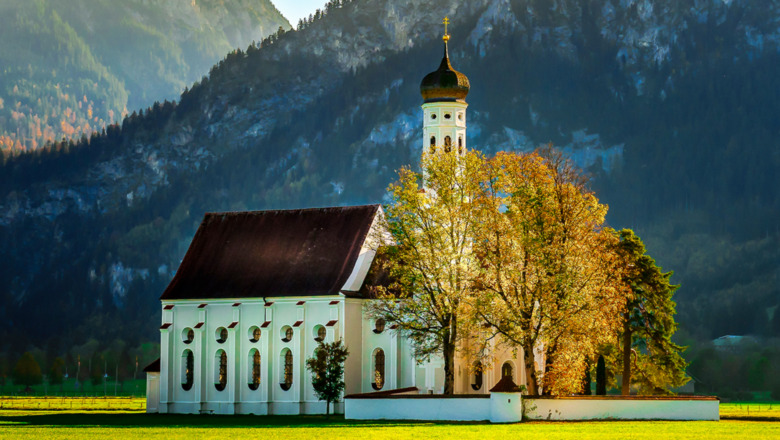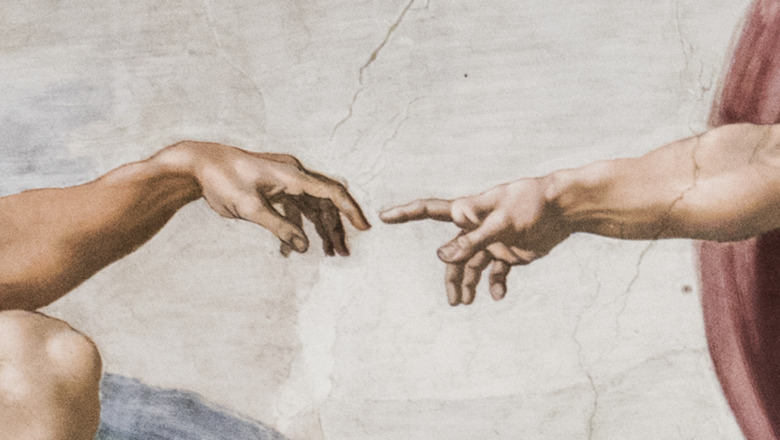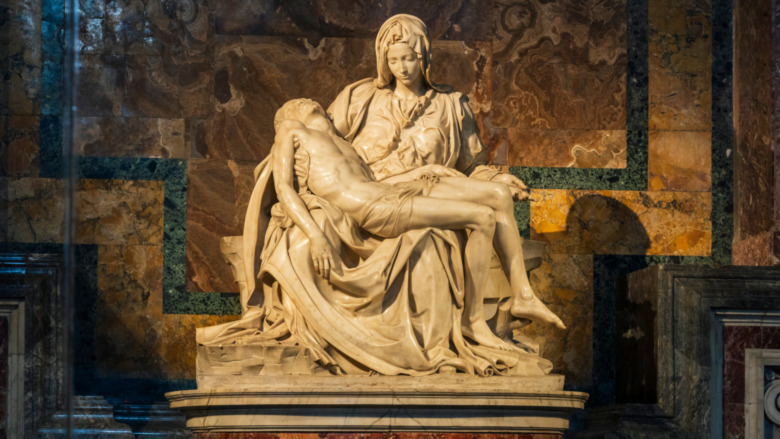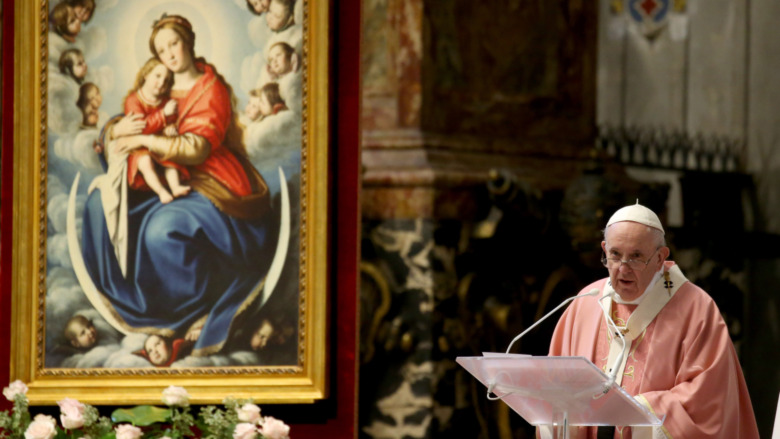This Is The Most Powerful Church In The World
When conjuring up images of a church, most would describe their place of worship as one of serenity, or a sanctuary to find peace within themselves. And while there is much truth in this, churches, however, often run like many businesses. They collect and disburse money from members, and sometimes use that money to exert their power not just over their congregation, but the local community, as well. And if the church is big enough, they might use their resources to exert their power over larger and larger surrounding communities.
It's not just with money and resources that churches control their congregations and communities, either. That's mostly done through beliefs and belief systems. Many churches require members to attend regular services. It's these services where members are indoctrinated into the church's culture. Congregants are regularly reminded of their duties as church members and how to act accordingly within the church's set of rules. But, the biggest duty of members of many churches is to spread the church's teachings, convert followers, and grow the congregation as big as possible.
Not so surprising, perhaps
With an estimated 37 million churches in the world today (via Why Are There So Many Churches), figuring out which one of those organizations is the most powerful might seem like a bit of a daunting task. Certainly wealth often translates into power. And so, if power is defined by wealth, then there isn't even a close second to the most powerful religious organization in the world. In fact, the resources owned by this particular religious organization are so large, so grand that the National Post claims that their wealth is incalculable. So which religious organization is so large that it wields such power? It's the Catholic Church.
How is it even possible that an organization's resources can be considered "incalculable"? That has to do with the Catholic Church possessing some of the world's most priceless works of art — for example, "The Creation of Adam" (detail, above). Located in the Sistine Chapel in Vatican City, "The Creation of Adam" is a fresco mural on the ceiling of the church, created by Michelangelo himself. Measuring over 9x18 feet, the masterpiece took Michelangelo from 1508 to 1512 to complete, spending most of those four years laying on his back. There's just no way to calculate the value of such an epic piece of art.
Art, yes, but also gold
There's also the Vatican itself. Officially known as the Vatican City State, the Vatican is just that: its own country. Located within Rome, Italy, the Vatican became an independent state in 1929. Within its borders are some of the church's oldest, most priceless buildings: St. Peter's Basilica, the aforementioned Sistine Chapel, the Vatican Palace, as well as the Vatican Gardens, just to name a few of the church's assets within its own borders. Within those buildings are some of the world's most priceless works of art: the Stefaneschi Triptych; the famous Raphael Rooms within the Vatican Palace; Caravaggio's "The Entombment of Christ"; Michelangelo's "Pietà" (above). While it's difficult to know for certain, by some estimates Vatican City is worth $15 billion (via Animated Explanations).
Then there's the gold. A substantial portion of the Catholic Church's assets, be they buildings, artifacts, or works of art, are to some extent composed of gold. Held within various institutions within the Catholic Church, including the Vatican Bank, experts place the value of all the gold contained within the church to be upwards of $50 million (via Gold Refiners). Of that, the Vatican Bank holds about $20 million in reserves "to secure its investments," says Gold Refiners. But, much like the Catholic Church's other assets, it's extremely difficult to get an accurate estimate of the value of the gold in their possession, due to the church being a private institution.
That is far from all
Even with all that noted, the church still has plenty of other revenue streams. There are investments in industries (insurance, construction, chemicals, and banking) or the land the church owns all over the planet. According to the National Post, when totaled, the Vatican's real estate holdings are bigger than Alberta, Canada.
Of course, this is all just an exercise in speculation. It truly is impossible to calculate the Catholic Church's wealth, although the Vatican does release financial figures, says Gold Refiners. And it's likely to remain somewhat mysterious for time immemorial. With the likelihood (measuring "slim" and "none") of the church ever selling any of the tremendous art within its possession, or Vatican City itself, it's unlikely that their assets have ever been evaluated by an expert, and so a proper value can't be assigned to anything. Coupled with the knowledge that the Catholic Church has been in existence in one form or another for a couple of millennia, and in possession of untold treasures lost to history, it's impossible to assign an accurate financial value to the Catholic Church. Safe to say, however — it's a lot.



